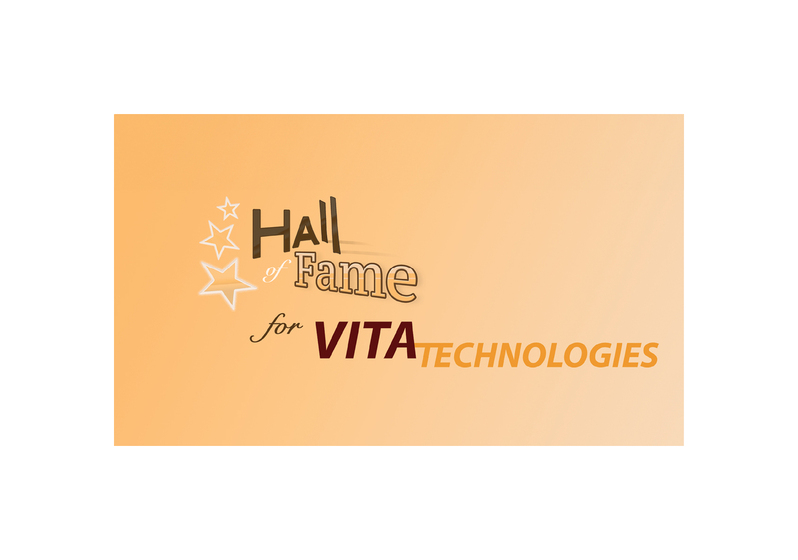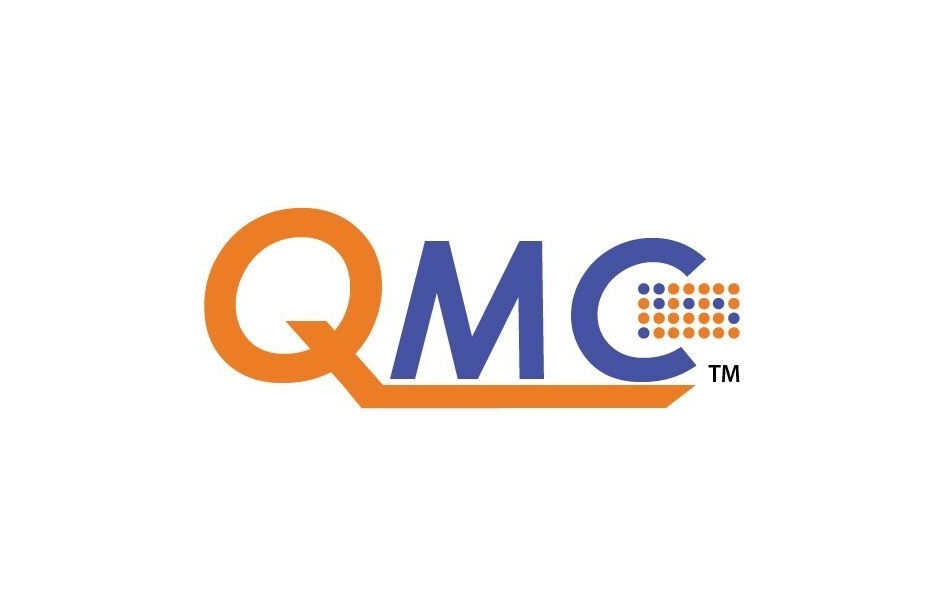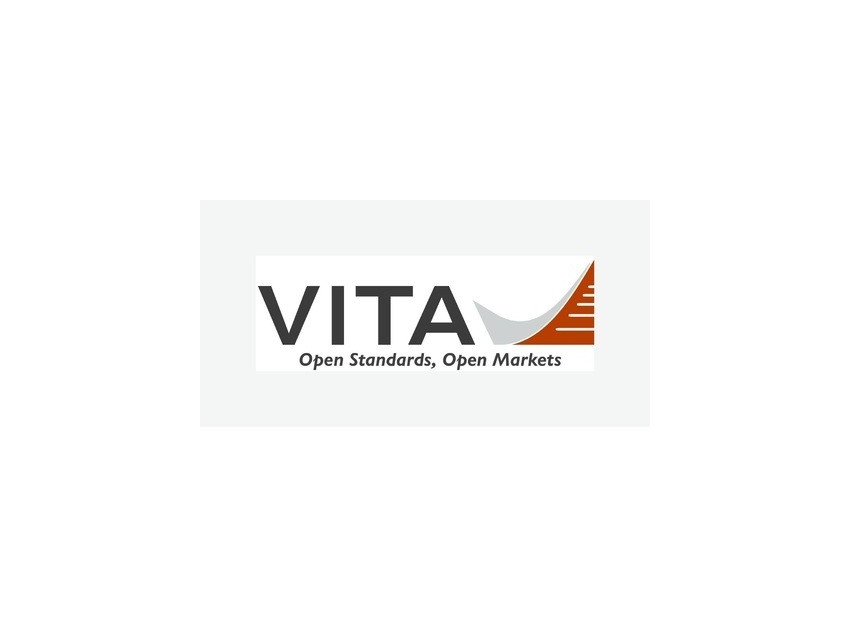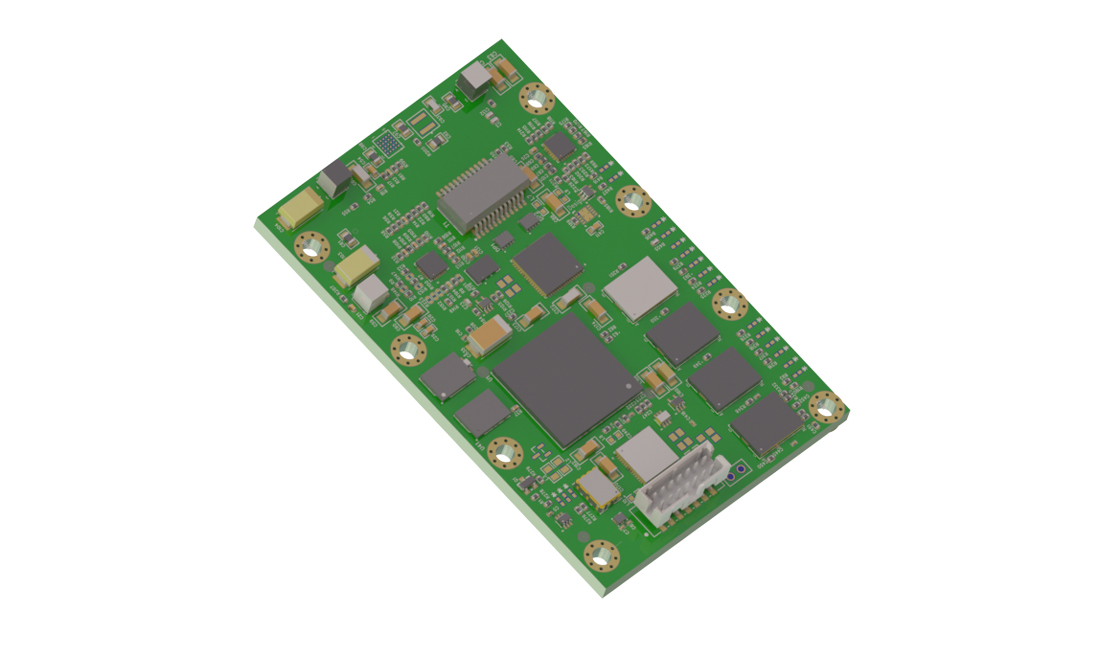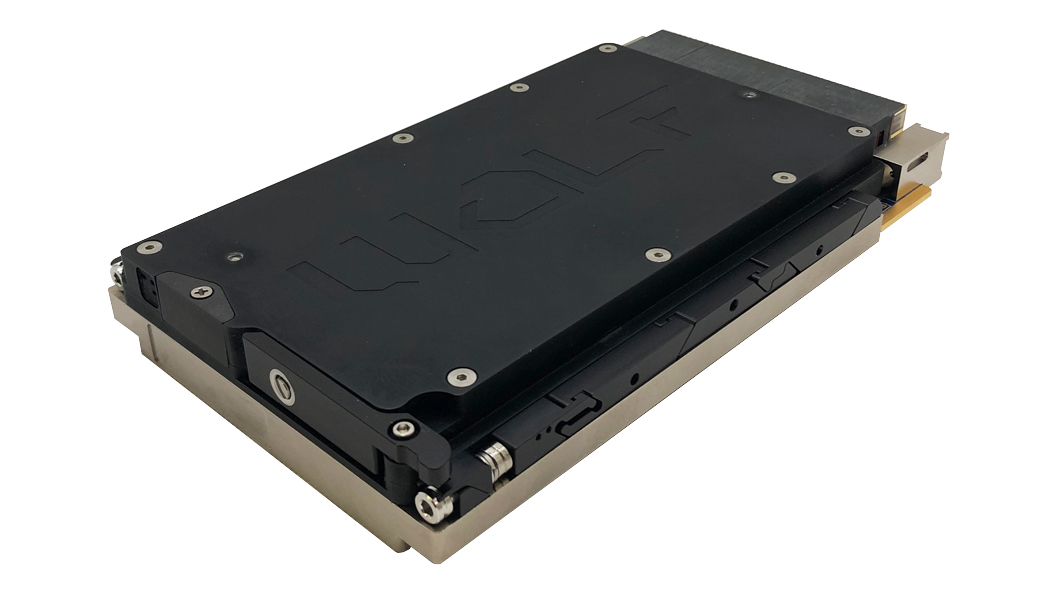On March 30, 2010 in Geneva, Switzerland, two streams of protons collided inside the Large Hadron Collider (LHC) at CERN – the European Organization for Nuclear Research at an energy of 7 TeV. This is a big achievement for thousands of scientists working on the world’s largest machine. Particle physicists worldwide are looking forward to analyzing these and additional data during the coming 15 years or more. More than a year ago, the same experiment failed because the machine shut down automatically after a wire had melted among two sections because of poor workmanship. It punctured the machine’s liquid helium cooling system. Repairs take a long time since warm-up and cool-down typically take two months each. Full-scale experiments can only be done during winter months because the national power grids of Switzerland and France would shut down in a chain reaction (not a nuclear reaction) because of the extremely high power consumption of such an experiment.
VME boards take data right up front where the collisions happen in an environment of high magnetic force and radiation. Of approximately 40 million collisions per second, only 1 per second or 1 per 1,000 seconds might be of interest for research purposes. Front-End Controllers (FECs) have to filter these out and pass them along to filters further downstream. Despite this filtering, the LHC will produce about 15 PB per year for scientists to analyze during the coming decades.
CAEN, Italy, has supplied about 6,500 systems with approximately 190,000 boards in them to all four major LHC experiments. FECs are mostly VME-based 6U or 9U cards including Time-to-Digital Converters (TDCs), each with 240 channels at 21-bit resolution in 25 ps. The converter chip was developed by CERN experts. A single 12-slot VME chassis contains 2,400 such high-speed channels. Cooling fans cannot be used because of the presence of strong magnetic fields. Testing was done at up to 6,750 Gauss. Water is used to cool hot plates and a locking mechanism along the edges of the boards. Korea participates at CERN with a number of university teams. CAEN facilitated VME training in Korea in April.
Constructing and operating the Compact Muon Solenoid (CMS) detector has been a collaborative effort lasting approximately 20 years. During this time, CMS teams have worked extensively with progressive industries to produce innovative products that will operate for the lifetime of CMS. Figure 1 shows the electro-mechanical part of the CMS. During the past nine years, the CMS organization, operating one of four LHC experiments, has recognized industry efforts by giving awards to deserving companies. CAEN received the CMS Crystal Award of the Year 2009 for exploring novel technologies, collaborating in R&D programs, and for achievements in realizing contracts for the CMS detector.
For more information, e-mail Hermann at [email protected].

